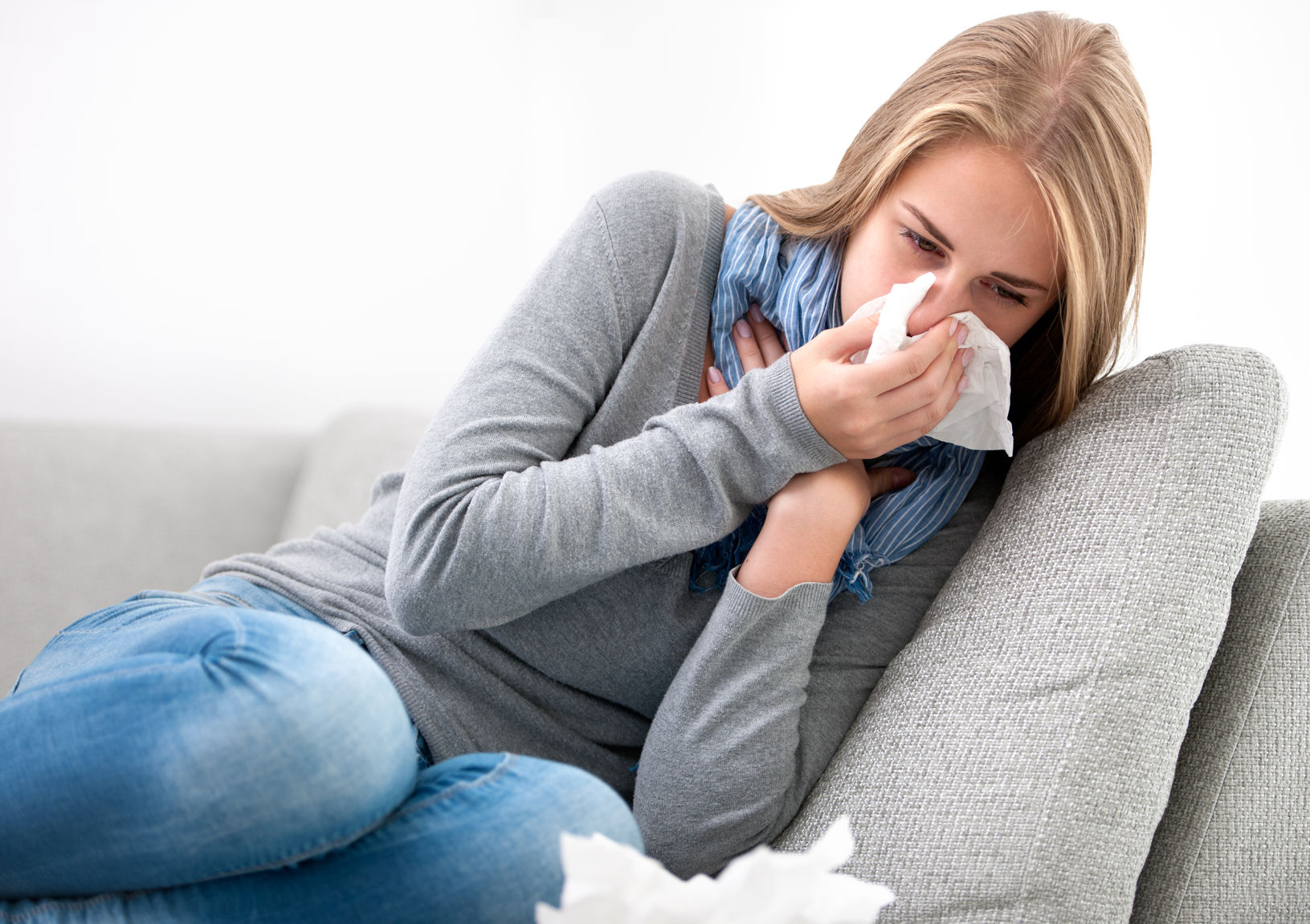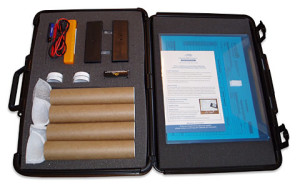Air Quality Testing
Feel sick at home, but better elsewhere? You probably have an indoor air quality problem. 82 % of the homes we checked do not meet safe indoor air quality standards. The EPA has stated that indoor air quality is a higher health threat than outdoor air pollution. VOCs (Volatile Organic Compounds) and mold are health concerns. Volatile Organic Compounds are invisible gases emitted by items and products in your house. Some sources of VOCs are:


Building materials

Cooking

Gasoline

Air fresheners

Varnishes and paints

Dry cleaning

Printers

Carpet

Adhesives

Solvents

Beauty products

Cleaning solution
Symptoms of VOC and indoor air pollution exposure:

Headaches

Blurred vision

Upset stomach

Lightheadedness

Coughing

Drowsiness

Eye irritation

Respiratory irritation

Red Rashes

Lowered lung function

Breathing problem

Concentration tissues
Formaldehyde Testing
At room temperature, formaldehyde vaporizes into the air, possibly triggering significant health problems. When you burn things like natural gas, tobacco, wood, or gas, formaldehyde gas is launched into the air.
Health effects of formaldehyde are eye, throat and nose burning and irritation, upset stomach; skin rashes, and breathing problems in some people. High concentrations of formaldehyde can set off asthma attacks. Formaldehyde is also thought to be a known human carcinogen (cancer-causing substance), classified as a Hazardous Air Pollutant (HAP) by the EPA.
Given that formaldehyde exists in many structure products and household items, every house must be tested for the existence of this poisonous chemical.

Our air quality screening method is the easiest, most accurate method to test your air quality. We can likewise perform formaldehyde testing.
Step # 1
We gather an air sample from your home. The test takes 2 hours and you need one test per 2000 square feet.
Step # 2
A Chemist examines your air sample using innovative devices that can discover over 400 VOCs (Volatile Organic Compounds) and mold VOCs. We send you a report detailing which chemicals are in your air AND the likely sources of those chemicals
Step # 3
You evaluate your report and eliminate the chemical sources determined in the report to enhance your indoor air quality.
